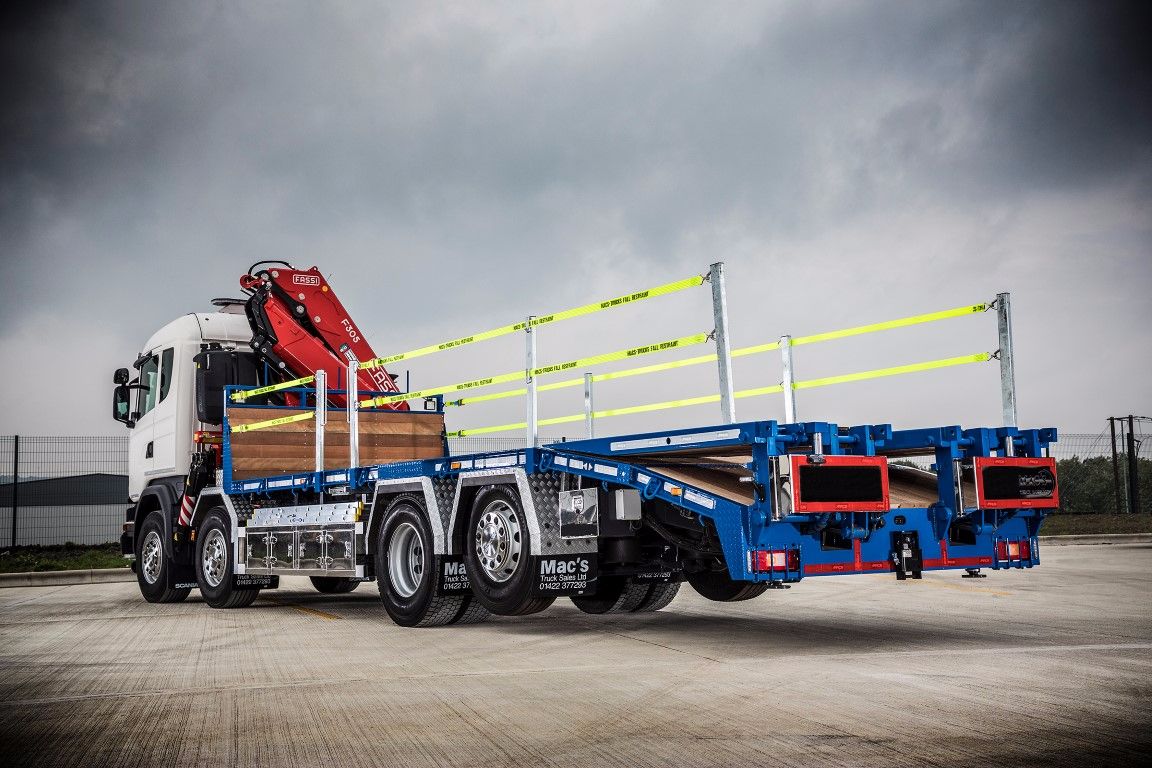Here at Mac’s Truck Rental we’re UK truck hire and sales specialists, with 45 years experience providing businesses with custom-built, high-quality trucks. Plus, we’ve recently expanded our in-house capabilities by moving to a purpose built 7.2 acre site, which will allow us to manufacture and service clients better than ever before.
Our experience means we understand the challenge businesses face when looking to purchase new trucks. Businesses turn to truck financing because usually it’s the only way to purchase a truck long-term, and trucks on finance are usually slightly cheaper than short-term/daily rental costs.
Whilst new truck financing can benefit businesses in a range of ways, it can also create added financial uncertainty. There are many costs to think about when looking at trucks on finance, including:
- Purchase costs: With new truck financing it’s important to take into account the total costs of financing a vehicle. These total costs include the price of the finance on top of the overall vehicle purchase.
- Maintenance and breakdown costs: Maintenance and breakdown cover isn’t included within truck finance, meaning the responsibility of paying for this cover is left to the business owner.
- Operating costs: When purchasing a truck on finance, operating costs come as part of owning the vehicle. These ongoing costs including things such as truck testing and maintenance checks.
The costs involved with truck financing can easily add up but here at Mac’s, we work with businesses to provide a cost effective alternative. Contract hire can offer a whole range of benefits to your business, whilst taking away some of the uncertainty that comes with new truck financing. Contract hire offers both financial and operational benefits including:
- Access to brand new trucks: Our unique in house capabilities combined with our access to high quality modern vehicles allows us to create custom built trucks that meet customer specifications.
- Fixed costs: Your monthly costs are fixed and tailored to suit your business, meaning you know your monthly outgoing costs, with no hidden extras. Comparatively, with truck finance you have your fixed monthly costs for owning the vehicle, plus any servicing, maintenance and compulsory testing – which are all included with contract hire.
- Maintenance and breakdown: Maintenance and breakdown cover is included within the contract, plus mandatory 6 week maintenance checks are also included. Just arrange a time that suits you and we’ll sort the rest, saving you both time and money. This is one of the most significant advantages when comparing truck finance to contract hire, as unpredictable breakdown/maintenance costs can have a huge impact on businesses, something which we provide an effective solution for.
- Eliminates vehicle disposal problems: At the end of the contract the vehicle is returned to us, removing the time and costs involved in selling a truck. Plus, at this point you can take a new contract out and receive another brand new truck – a considerable advantage compared to buying trucks on finance.
For more information or advice on contract hire and how it can help your business, contact us today.
